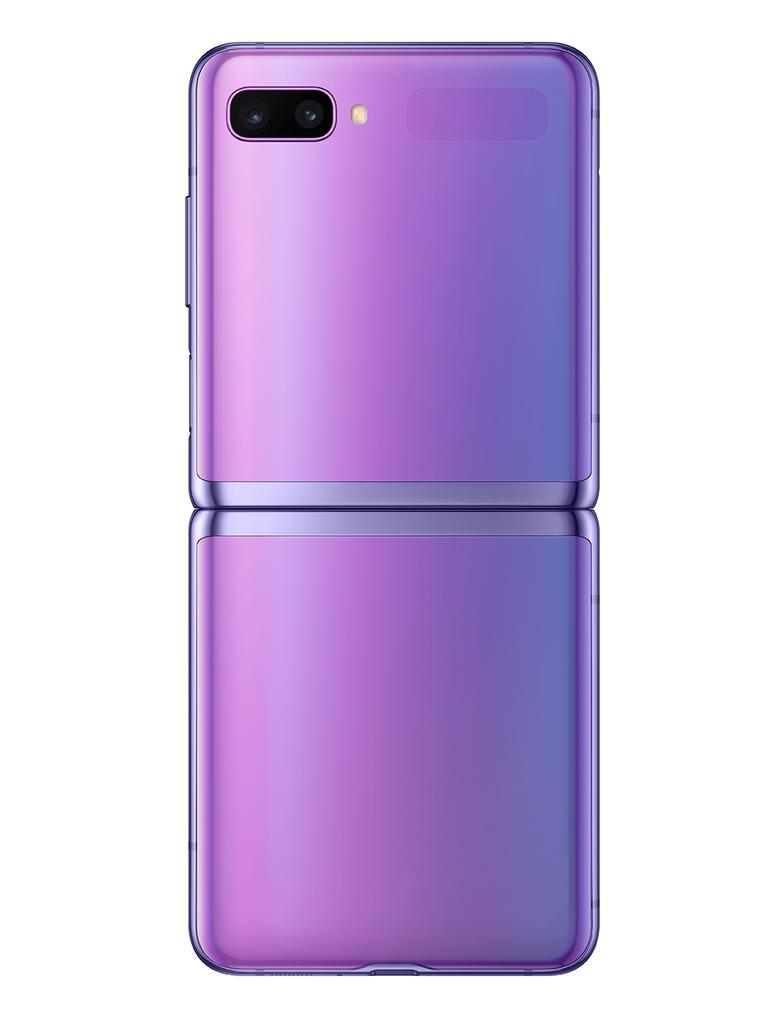Samsung Galaxy Z Flip hands on: what buyers need to know about the phone that folds in half
Samsung is bringing back the flip phone with its latest folding smartphone but, buyers should note, its form is not the only retro thing about it.
If you wait long enough, everything comes back into fashion.
And that apparently includes the flip phone.
Just weeks after Motorola reanimated the RAZR, Samsung is doing its bit by unveiling the Galaxy Z Flip, a clamshell smartphone that opens like phones did in the 1990s.
Its modern reinvention, of course, includes a flexible screen and bold new ways you can use it.
It also offers a refreshing change for anyone who has tried to cram a large and delicate device into a dangerously undersized pocket.
However, this smartphone isn’t as thoroughly modern as you might imagine and potential buyers should be aware of its hardware limitations.


The Samsung Galaxy Z Flip is the second folding phone from Samsung and, some might argue, the baby of the two.
It’s not only much smaller when flipped in half but designed for a fashion-conscious audience who have smaller pockets, smaller handbags, and who are less willing to compromise style for big devices.
The fact that it looks like a make-up compact can’t hurt its appeal either.
And the Z Flip can be used in new ways.
You can fold the top of screen down at a 90-degree angle and sit it on a desk to comfortably take video calls, for example. Holding a phone upright is so 2019.
You can also take group selfies from a distance using this method or use the phone’s rear cameras to capture a long exposure while it’s propped up on a pylon.


If you’re worried about being heard in a loud room, you can even fold the phone at a gentle angle to bring the microphone closer to your mouth.
And there are a few things you can do even when the phone is folded in half. Namely, you can use its 1.1-inch display to check your notifications or even snap a sly, square photo using the volume keys as a shutter button.
The Z Flip’s hinge feels pleasingly solid to use and while this means you can’t flick the top screen open or slam it shut to end a call, its life will be longer as a result.
Like the Galaxy Fold, you can feel an obvious crease where the Z Flip’s ultra thin glass screen bends and users may notice this more on this model as they scroll up and down its display.

The new folding phone also features a fingerprint scanner on its side, though face recognition security might be easier to use, unlocking as soon as you unfold it.
There are some big caveats to this smartphone, however.
While its form is completely new, its hardware is not. The Z Flip shares many of its features with the Galaxy S9 smartphone; a handset released two years ago.
You won’t get the new S20 cameras inside this model, it won’t use 5G networks, there’s no waterproofing here, and its battery life will also be limited to 3300mAh.
And while its 6.7-inch screen is large, Samsung missed an opportunity to create an even larger phone, like its 6.9-inch Galaxy S20 Ultra, given that it folds in half.
There’s also no word on when the Z Flip will arrive in Australia, as we won’t be in the first wave of countries to get it, and it’s expected to cost more than $2000 when it does land.
These shortcomings could limit the popularity of Samsung’s reimagined flip phone, even though its form has the potential to deliver genuinely fresh features into a sometimes monotonous market.
Jennifer Dudley-Nicholson travelled to San Francisco as a guest of Samsung.
Originally published as Samsung Galaxy Z Flip hands on: what buyers need to know about the phone that folds in half


